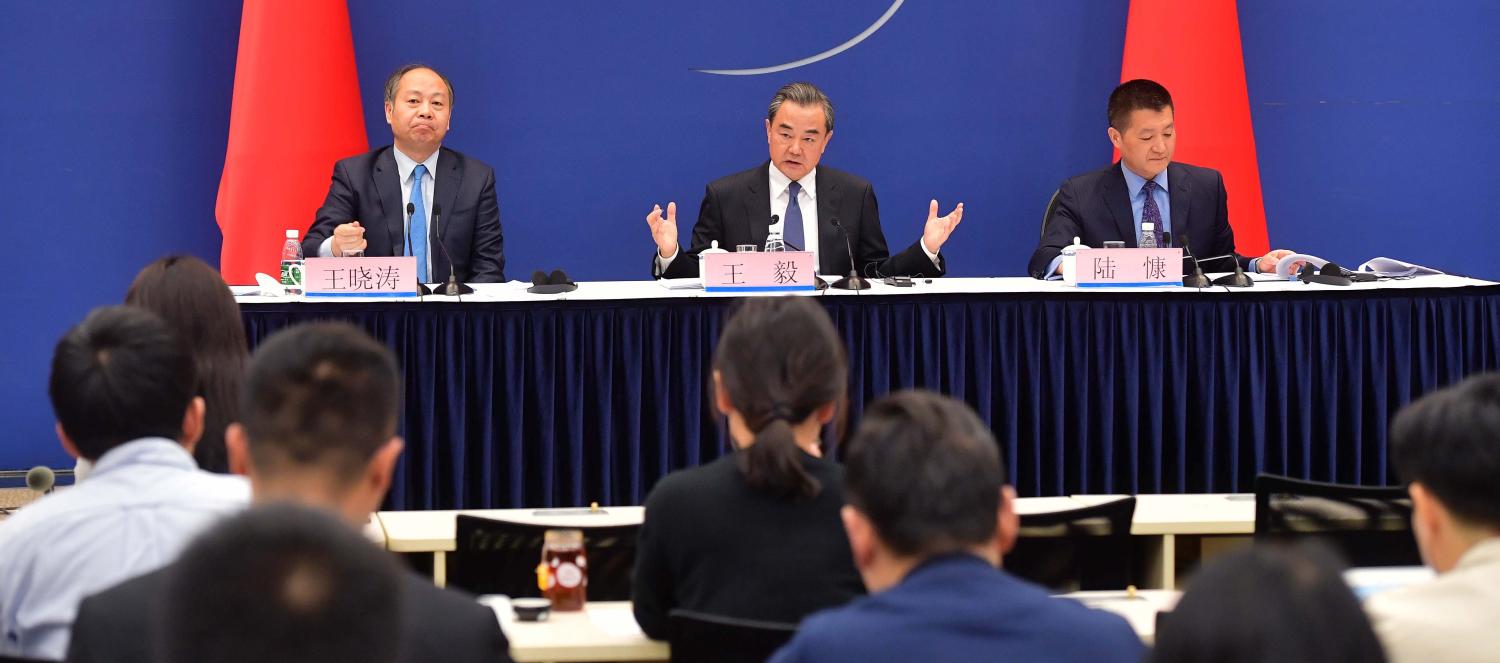China has a new International Development Cooperation Agency (IDCA). The IDCA will respond directly to the State Council and integrate the aid functions of the Ministries of Commerce (MOFCOM) and Foreign Affairs. The reform aims to reduce bureaucratic frictions and make aid better serve China’s diplomacy.
It became clear that aid was an issue of concern for China’s top leadership in February 2017. The Central Reform Leading Group named it as one of nine policy areas that will undergo reform. Chinese President Xi Jinping was quoted as saying that China needed to:
optimise the strategic layout of foreign aid, improve the management of aid funds and projects, reform the aid administration system, and make aid more effective.
Debates about the need for reform of China’s aid system have taken place for many years. It also was not a big secret that aid projects were prone to corruption due the fragmentation of China’s aid system.
In June 2014, the Beijing Times reported that the Central Commission for Discipline Inspection, which investigated MOFCOM as part of the anti-corruption campaign, found that aid projects were nearly impossible to supervise.
Chinese companies that implement aid projects were often not adequately qualified, irregularities were common in project approvals and tender processes, and ex-post budget adjustment and illegal spending was widespread.
MOFCOM promised reforms, but besides passing ministry-level regulations, the “Measures for the Administration of Foreign Aid”, and a few other departmental provisions, not much happened. And nobody seemed too concerned.
What changed in early 2017?
While Chinese aid had been rising almost exponentially, in late January 2017 China’s foreign exchange reserves fell below US$3 trillion, their lowest value in six years.
That put pressure on aid, which in the spirit of China’s proclaimed “win-win cooperation” had to cater to more objectives than (only) fighting poverty; help the soft landing of Chinese companies “going global”; support the Belt and Road Initiative; project an image of “responsibility”; and promote China’s agenda in global governance reform. Xi was quoted in the South China Morning Post as saying that China “must act more wisely in giving out foreign aid”.
Is the new IDCA well positioned to live up to such high aims?
Compared with MOFCOM, IDCA will have wider-ranging powers. In addition to MOFCOM’s aid administration functions, IDCA will also have strategic responsibilities, such as drafting aid policies, overall planning, and project supervision and evaluation. According to the reform plan, it will not be in charge of technical project implementation, which will remain with the different line ministries.
Another question is whether this also applies to goods supply, complete aid projects, and capacity building, so far carried out by MOFCOM’s Chinese International Centre for Economic and Technical Exchanges (CICETE), the Executive Bureau of International Economic Cooperation, and MOFCOM’s Training Centre.
Importantly, while IDCA will work directly under the State Council, its political rank is that of a Vice-Ministry. It is certainly better positioned to coordinate China’s various aid stakeholders than the Department of Foreign Aid (DFA), which was responsible for aid within MOFCOM and had to compete with the ministry’s other departments for attention and resources.
But IDCA’s orders will be binding only for organisational units below the vice-ministerial level. This may prove a challenge when navigating the conflicting interests in China’s aid system, particularly those of ministries.
This has particular relevance given IDCA’s other major raison d’être: to promote the Belt and Road Initiative (BRI). The administrative responsibility for the initiative remains with the BRI Leading Group Office, under the National Development and Reform Commission (NDRC).
This constellation presents a potential for friction. But IDCA will be headed by Wang Xiaotao, former deputy chairman of the NDRC. Wang is a seasoned investment management cadre who joined the NDRC’s investment department in 1986 and served as its director between 2008 and 2014. His appointment is a clear sign that the IDCA will be closer to the NDRC than to MOFCOM or MFA.
But how will IDCA manage to ensure that China’s aid is spent “more wisely”? MOFCOM’s DFA had consisted of around 100 staff, only 70 of which were aid specialists.
In 2014 they were responsible for an aid budget of US$3.5 billion. In comparison, in that same year Germany’s Ministry of Economic Cooperation and Development, with more than 1000 staff, managed an aid budget of around USD$8 billion.
The new agency will need more personnel, but where will new aid specialists come from? And what about projects on the ground?
So far, supervising the execution of aid projects has been the task of MOFCOM’s Economic and Commercial Councillors at China’s diplomatic missions. They also served as the interface between the recipient countries’ government and China. Logically, IDCA should second development cooperation attachés to its partner countries.
Will China then finally start participating in donor coordination rounds in the countries it aids – something Economic and Commercial Councillors continuously refused, stating that they did not represent a donor agency? In the spirit of aid effectiveness, to reduce doubling of resources and coordination issues, that would be desirable.

